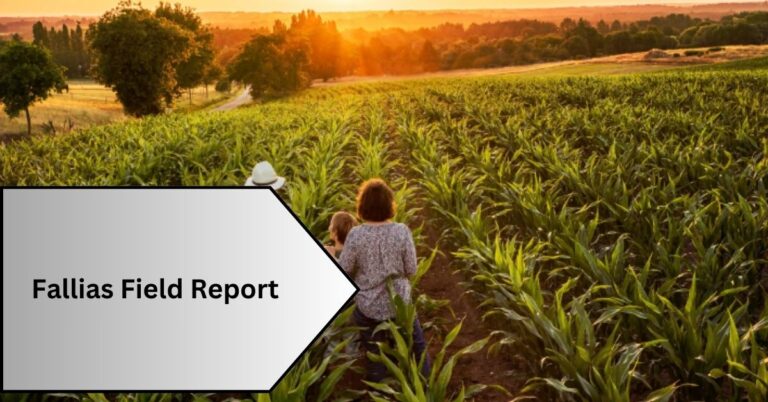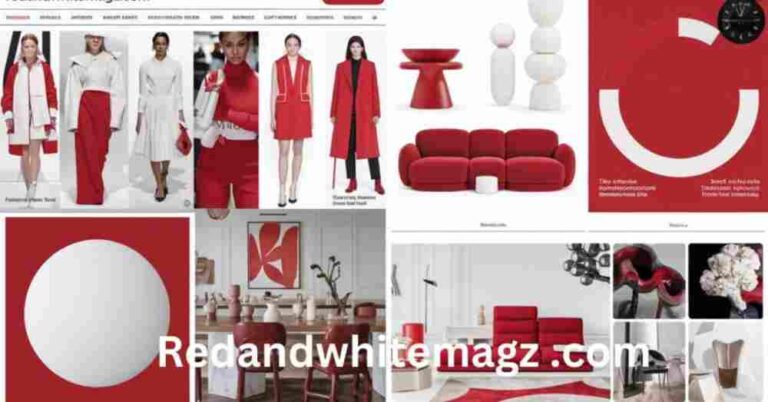Redefining Football: The WNFLB’s Game-Changing Journey
The world of sports has long been dominated by men, particularly in football. However, the rise of the Women’s National Football League (WNFLB) is changing that narrative. This league is more than just another sports organization; it embodies a transformative movement for female athletes everywhere. Built on principles of empowerment and equality, the WNFLB is redefining what it means to be a woman in sports while motivating countless young girls to chase their dreams, both on the field and beyond. As we explore the journey of this vibrant league, we’ll uncover how it is breaking down barriers and creating unprecedented opportunities for women in professional football.
The History of Women in Professional Football
The journey of women in professional football is both rich and inspiring, yet it often goes unnoticed. It traces back to the 1930s with the establishment of teams like the All-American Girls Professional Baseball League, which laid the groundwork for female athletes.
However, it wasn’t until 1974 that women’s tackle football started to gain momentum, thanks to leagues such as the Women’s Football League (WFL). These early pioneers faced societal skepticism but were determined to demonstrate their skills on the field.
Over the decades, women’s football continued to evolve, despite numerous obstacles. The formation of various amateur leagues in the late 20th century helped establish a solid foundation for future professionals.
As interest in women’s football increased, so did its visibility. Documentaries and media coverage began to highlight these trailblazers who challenged norms and fought for recognition in a male-dominated sport. Their resilience set a vital precedent for generations of female athletes to come.
Challenges Faced by Women in Sports
Women in sports have long encountered numerous challenges that impede their advancement. One of the most significant obstacles is the lack of equal opportunities when compared to their male counterparts. This inequality is evident in areas such as funding, media exposure, and access to top-tier training facilities.
Stereotypes also play a pivotal role in shaping how women athletes are perceived. Many face unjust criticism for participating in sports that are traditionally viewed as male-dominated or for not adhering to societal expectations about femininity.
Moreover, the struggle to balance personal life with athletic commitments can be overwhelming. Women often find themselves juggling responsibilities such as family and work alongside their passion for sports.
The lack of female role models in leadership positions can further dishearten aspiring athletes. Without visibility and representation, young girls may find it difficult to imagine themselves achieving success in these fields.
Despite these challenges, many women are fiercely committed to breaking down these barriers and creating a space where they can thrive in the world of athletics.
How the WNFLB is Breaking Barriers
The WNFLB is transforming the world of women’s sports by establishing a professional platform for female athletes, offering opportunities in football that were once unimaginable.
Women are now stepping into the spotlight, demonstrating their skills on the field. The league prioritizes talent and commitment, showcasing the idea that passion for the game transcends gender.
Additionally, the WNFLB is actively challenging stereotypes related to women in contact sports. It encourages young girls to dream big and pursue careers in athletics within a supportive environment that champions inclusivity.
Through innovative marketing and community engagement efforts, the WNFLB is about more than just football; it’s a movement for empowerment. Fans are rallying behind the teams, acknowledging their significant contributions to both the sport and society.
This movement signifies more than just games; it represents a cultural shift toward acceptance and equality. As more players from diverse backgrounds emerge, they inspire future generations to continue pushing boundaries and achieving their dreams.
Key Players and Teams in the WNFLB
The WNFLB is a showcase of incredible talent and fierce competition. One player who stands out is quarterback Sarah “Sizzle” Johnson, renowned for her rapid decision-making and powerful throws. Her leadership on the field has become an inspiration for many aspiring athletes.
Another player to keep an eye on is linebacker Mia Torres, whose aggressive defensive style consistently disrupts opposing offenses. Fans admire her relentless energy and determination to make impactful plays.
Teams like the Chicago Charge have made a remarkable mark in their inaugural season, quickly building a dedicated fan base with their thrilling performances. Meanwhile, the Los Angeles Lightning are capturing attention with their innovative offensive strategies that keep opponents on their toes.
These athletes exemplify resilience and passion. They push boundaries and redefine what it means to be a professional football player in a male-dominated sport. Each game brings an electrifying atmosphere as these teams compete for dominance in this groundbreaking league.
Impact on Society and Future Outlook
The rise of the WNFLB represents more than just a sports league; it’s a cultural transformation. This league is actively challenging outdated views about women in football, encouraging countless young girls to set ambitious goals.
As visibility increases, support from brands and sponsors has also grown. This financial backing fuels development, enabling teams to enhance their facilities and training programs. The positive effects ripple through local communities, inspiring youth initiatives focused on female athletes.
Fans are taking notice, passionately supporting their favorite players and teams, and fostering a lively community that celebrates women’s achievements on the field. Social media platforms further amplify this enthusiasm, creating a buzz that resonates far and wide.
Looking to the future, the potential for expansion is enormous. More cities could welcome new franchises as interest continues to rise. With each passing season, the WNFLB has a unique opportunity to reshape narratives surrounding gender equality across all sports, paving the way for greater inclusivity for future generations.
Future of WNFLB and Predictions for Its Impact on Women’s Sports
The future of the WNFLB is on the brink of significant change. As the league gains momentum, it has the potential to inspire a new generation of talent at the grassroots level. Young girls may begin to view football as a legitimate career choice and pursue their aspirations with enthusiasm.
With greater visibility, sponsorship opportunities are expected to increase substantially. This financial support can elevate teams and improve player salaries, making professional football an even more attractive option for female athletes.
Media coverage will also be pivotal in shaping public perceptions. Enhanced broadcasting options can attract larger audiences, creating a dedicated fan base that passionately supports women’s sports.
Furthermore, collaboration with existing women’s leagues across different sports can foster unity and share growth strategies. The positive ripple effect on other women-focused leagues could be significant.
As societal attitudes evolve toward greater gender equality in athletics, the WNFLB finds itself at an exciting juncture. Its influence on women’s sports could redefine expectations for future generations.
Successes and Struggles: Challenges Faced by WNFLB
Since its launch, the WNFLB has made impressive progress. Fans have rallied around the league, filling stadiums and cultivating a lively community centered on women’s football. Emerging sponsorship deals reflect a growing interest in supporting female athletes.
Yet, challenges persist. Many teams grapple with funding issues and resource distribution, which hampers their ability to maintain a competitive edge across the league. Player salaries often lag behind those of their male counterparts in traditional leagues, underscoring ongoing disparities.
Media coverage also poses a significant challenge. Despite an uptick in viewership, mainstream networks still prioritize men’s sports, resulting in limited exposure for female athletes and affecting fan engagement.
Additionally, societal attitudes can obstruct growth, as some skeptics question the validity of women participating in contact sports. These perceptions create obstacles that need to be addressed to foster genuine advancement within the WNFLB and women’s sports overall.
FAQs
1. What is the WNFLB?
The Women’s National Football League (WNFLB) is a professional football league for women, aimed at creating a platform that empowers female athletes and promotes inclusivity in sports.
2. When was the WNFLB founded?
The WNFLB was established in [insert year], marking a significant step towards creating opportunities for women in professional football.
3. What challenges do female athletes face in football?
Female athletes often encounter obstacles such as lack of funding, limited media coverage, societal stereotypes, and balancing personal responsibilities with athletic commitments.
4. How does the WNFLB support female athletes?
The league provides a professional environment that showcases women’s talent, encourages skill development, and fosters community engagement through marketing initiatives and fan support.
5. How can fans get involved with the WNFLB?
Fans can support the WNFLB by attending games, following teams and players on social media, and engaging with the league through events and community programs.
6. What impact does the WNFLB have on young girls?
The WNFLB serves as a source of inspiration for young girls, showing them that pursuing a career in sports is achievable and that they can compete at high levels in traditionally male-dominated arenas.
7. What is the future outlook for the WNFLB?
The future of the WNFLB is promising, with potential for growth in sponsorships, media coverage, and expansion into new markets. As societal attitudes shift towards gender equality in sports, the league stands to make significant strides.
Conclusion
The Women’s National Football League (WNFLB) is not just reshaping the landscape of women’s sports; it is igniting a cultural movement that empowers female athletes and inspires future generations. While challenges like funding, media visibility, and societal perceptions persist, the league’s positive trajectory signals a bright future. As fans rally behind their teams and sponsorships grow, the WNFLB has the potential to break down barriers and redefine what it means to be a woman in sports. With each game played, the league not only showcases extraordinary talent but also champions equality, paving the way for more inclusive opportunities in the world of athletics.
Don’t miss out on updates and alerts – stay connected! England Buzz






